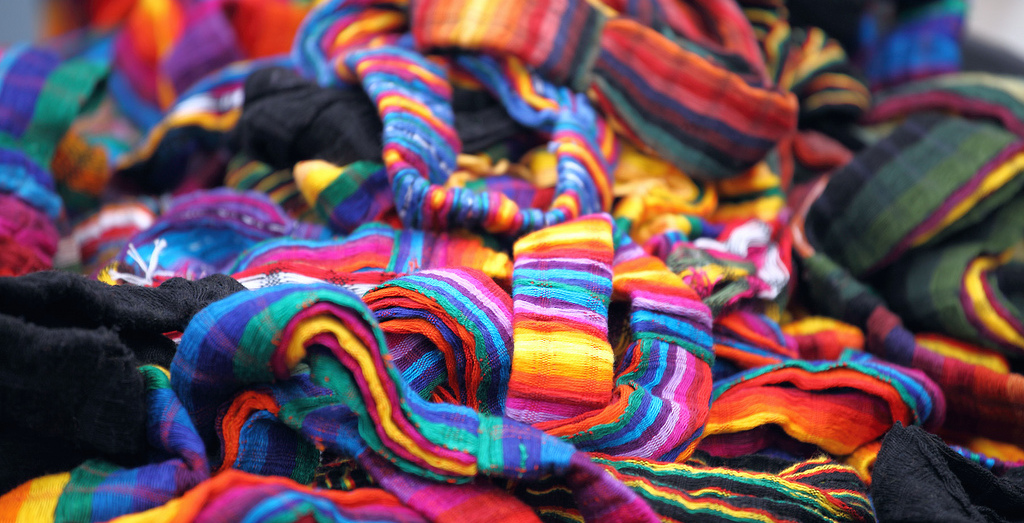What the recent revitalization of production means for textile manufacturers in the USA
Textile manufacturers in the USA have been making dramatic progress over the past few decades, erasing the stereotypes of labor-intensive, low-wage and slow going production. This progress is not only limited to the production process; the entire industry landscape has seen dramatic change. Those who engineer, manufacture and sell textile products have seen a period of vast expansion and modernization. This recent revitalization of textile manufacturers in the USA has meant critical changes to the industry that translate to a number of emerging opportunities for those in the field.
Change #1: Reshoring production with textile manufacturers in the USA
Textile manufacturers in the USA have experienced little activity between the 1990s and the early 2000’s, as production was largely outsourced overseas to reduce costs. This practice, however, has seen a major shift in recent years. With tariffs, taxes and wage and transportation costs rising overseas, many textile manufacturing companies are now considering reshoring their production.
With production reestablishing within the US, many textile producers are beginning to actualize the benefits of their choice to re-shore. With rising quality and reliability combined with shorter turnaround times, companies are gaining a competitive edge, especially those producing custom products or small orders.
In many ways the domestic textiles surge has been beneficial to the US economy. Many textile manufacturers are capitalizing on excellent local resources and manpower. In the South specifically, where textile production is a part of the area’s cultural heritage, there is a pre-existing and trained workforce that makes it easier to re-establish production processes in the area. The domestic textiles surge also also brings certain strategic geographic benefits as well due to close proximity to both raw materials and major sea ports.
Change #2: Significant increases in automation and efficiency
As America has moved further and further into the digital age, there has been a great amount of investment towards advancing production technology and processes, thus shifting textiles out of a labor-intensive category. Textile producers that survived the outsourcing phase of the past two decades were the first to turn to more automated and efficient production technology, with many manufacturing plants operating almost entirely without human intervention. Implementing such technology – ranging from machinery across the production process to software that automates sizing, patterns and orders – significantly decreased their need for large-scale manpower, unlike many of their counterparts overseas.
Change #3: Product innovation
With advancements in production technology there have come innovations in the products produced as well. Exploration and development in the engineering of new varieties of textiles has created a space for newly emerging entities as well as opportunities for companies looking to grow in a new direction.
There is now an increasing demand for “technical textiles” or “smart textiles.” These are sophisticated textile products manufactured for purposes beyond their traditional aesthetic function that often from unique bases such as recycled, electronic and even self-healing materials.
Smart textiles have a wide variety of applications, from everyday functions like disposable pads for kitchen mops to much more advanced applications in medical technology and transportation equipment. The demand for technical textiles across a variety of markets is strong and expected to remain so, as textile products continue to offer added functionality. As high-tech textile concepts are increasingly realized, demand for these types of products will continue to grow. Textile manufacturers in the USA are ideally poised to take advantage of this rapidly growing sector.
In many ways this recent time of change has meant much more than just breathing life back into an industry; automated, efficient and innovative production techniques are creating new, critical competitive advantages to textile manufacturers in the USA.
Featured image by cobalt123
